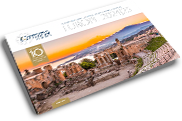The Beginners Guide to Paris
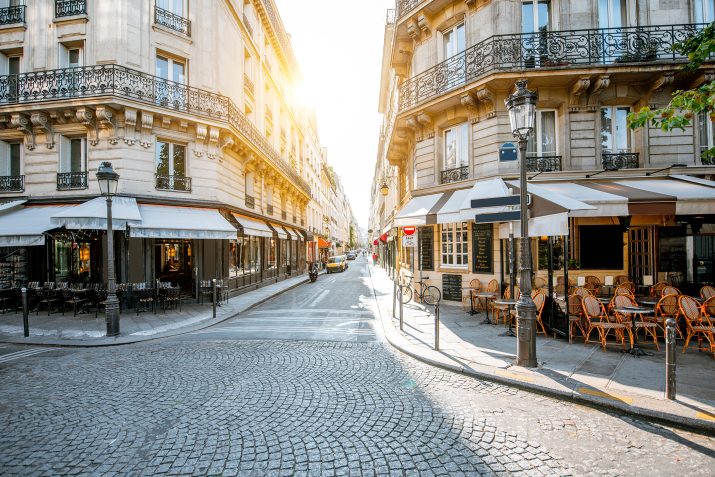
Paris is a delight to the senses and offers so much to its visitors. From world class museums, and intriguing architecture, to delightful neighborhoods, and fabulous food to discover. While the Seine River cuts a picturesque route through the city, dividing it into its Left and Right Banks. Our beginners guide of Paris will take you through the must-do experiences of this magical city.
Paris is also full of history and storytelling. During the Middle Ages, the building of Notre Dame Cathedral began in 1163. The Louvre was the royal palace in the mid 1500s until Louis XIV moved his court to Versailles in the 17th century. The French Revolution played out on Parisian streets in 1789 with the storming of the Bastille prison, and later execution of King Louis XVI and his queen Marie Antoinette.
The Age of Napoleon brought France to the fore internationally from 1799 until his defeat at Waterloo in 1815. The city had a complete makeover in the mid to late 1800s. Napoleon III had his chief urban planner, Baron Haussmann, tear down massive parts of the city to build elegant new boulevards like the Champs Elysees.
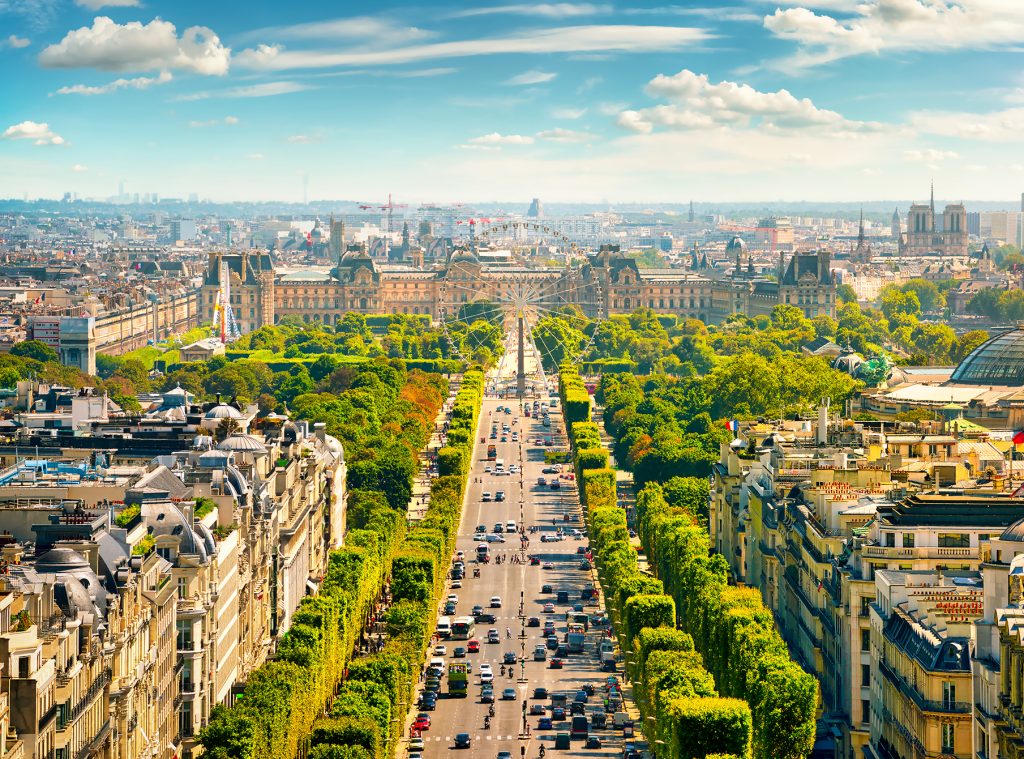
View on Avenue des Champs Elysees from the Arc de Triomphe in Paris, France
The World’s Fair of 1889 saw the construction of the Eiffel Tower as an iconic symbol of the Parisian skyline. Francois Mitterrand introduced his grand projects program in 1982, which reimagined the architectural face of the city with such creations as the pyramid entrance to the Louvre by architect I. M. Pei.
For a more family friendly exploration of the city, read our family guide to Paris here!
Top sites not to miss
Monumental Paris
Eiffel Tower
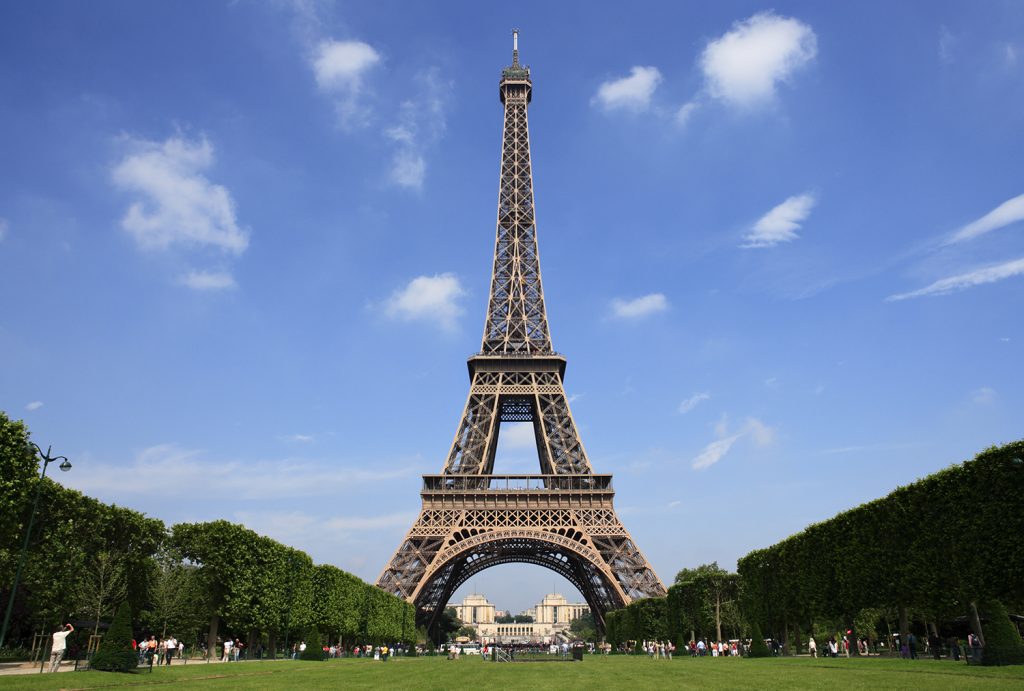
Paris, the beautiful Eiffel Tower.
No monument so exemplifies Paris more than the Eiffel Tower. Built for the Universal Exposition of 1899 by Gustave Eiffel, it was originally intended to be a temporary building. Instead, the steel tower has stood the test of time, and became adored by residents and visitors alike. Walk to the first level or take the elevator to one of the upper platforms for panoramic views over the city.
Arc de Triomphe
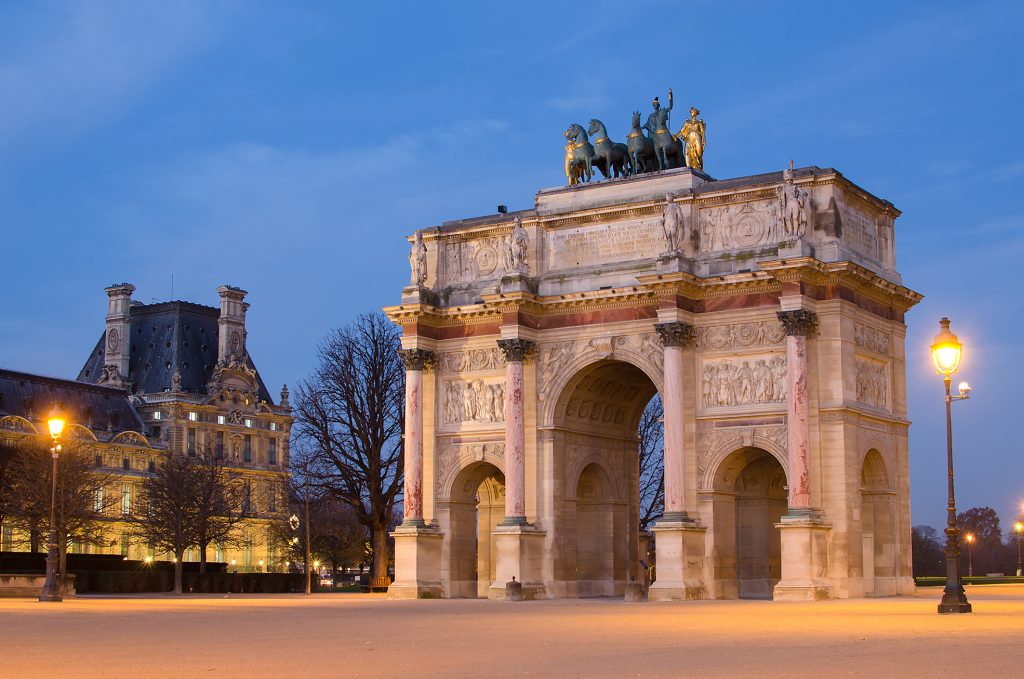
Arc de Triomphe, Paris, France
Built by Napoleon as a triumphal arch to commemorate his army’s victories, the Arc du Triomphe is another instantly recognisable landmark of Paris. Perched at the head of the elegant boulevard of the Champs Elysees, the Arc sits at the centre of a chaotic traffic circle. Crossing to the Arc via underground passage, you can see the sculpted details, the tomb of France’s Unknown Soldier, and climb to the top for great city views.
Top Churches
Notre Dame Cathedral
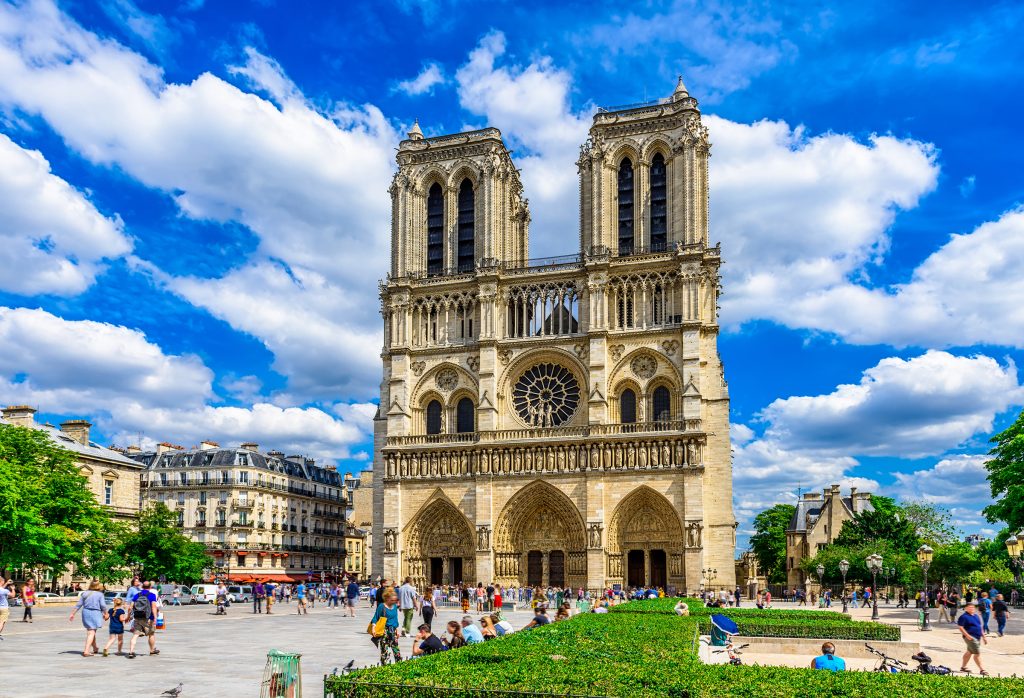
Cathedral Notre Dame de Paris in Paris, France.
The Cathedral of Notre Dame, on the Isle de la Cité, is the most beloved landmark of Paris. It is also one of the oldest Gothic cathedrals in the world. A devastating fire in 2019 caused the roof and spire to collapse, and the cathedral is closed until restoration work is completed. The cathedral was built between 1163 and 1245, and features flying buttresses, rose windows and twin towers with sculpted gargoyles. While currently under construction after the devastating fires of 2019, the site is still worth a visit. It is flagged to be reopened to the public in 2024.
Sainte Chapelle
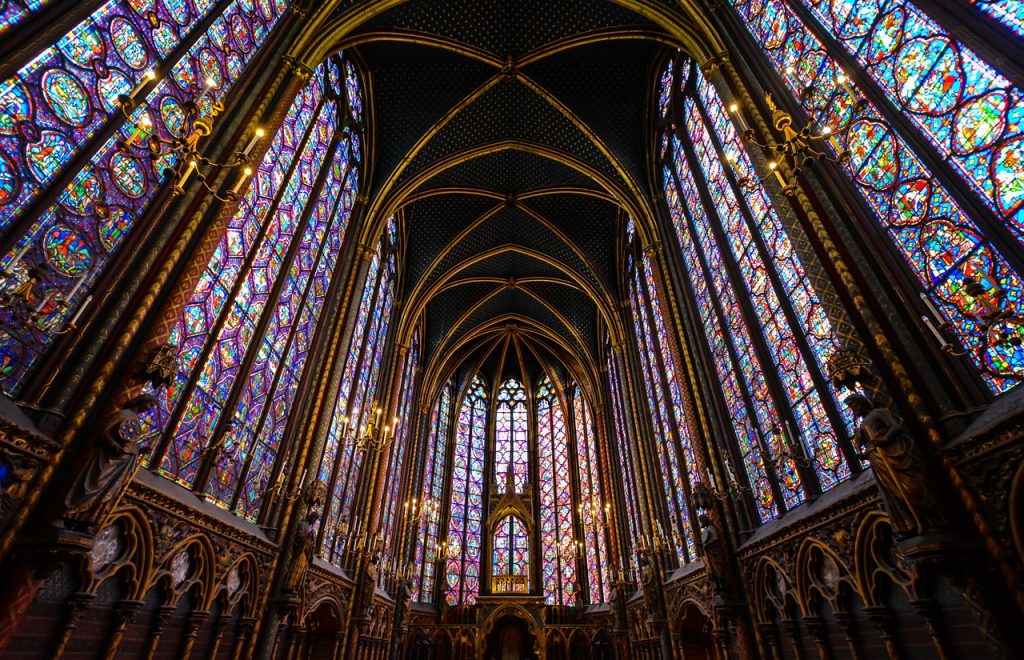
Stunning stained-glassed windows of Sainte Chapelle
Another beautiful example of French Gothic is the Sainte Chapelle, whose outstanding 13th century stained-glass windows are masterpieces. The windows depict scenes from the Bible’s Old and New Testaments. The Sainte Chapelle was the royal chapel of Kings built within what was the first residence of French Kings until the 14th century.
Sacré-Cœur

Basilique du Sacré-Cœur, Montmartre, Paris
Crowning the heights of Montmartre, the gleaming white Basilica of Sacre Coeur is one of the most striking places in the city. The Basilica’s ceiling features France’s largest mosaic, depicting Jesus alongside the Virgin Mary and Joan of Arc. The views of Paris from the Basilica’s steps are amazing.
Best museums in Paris
Musée du Louvre
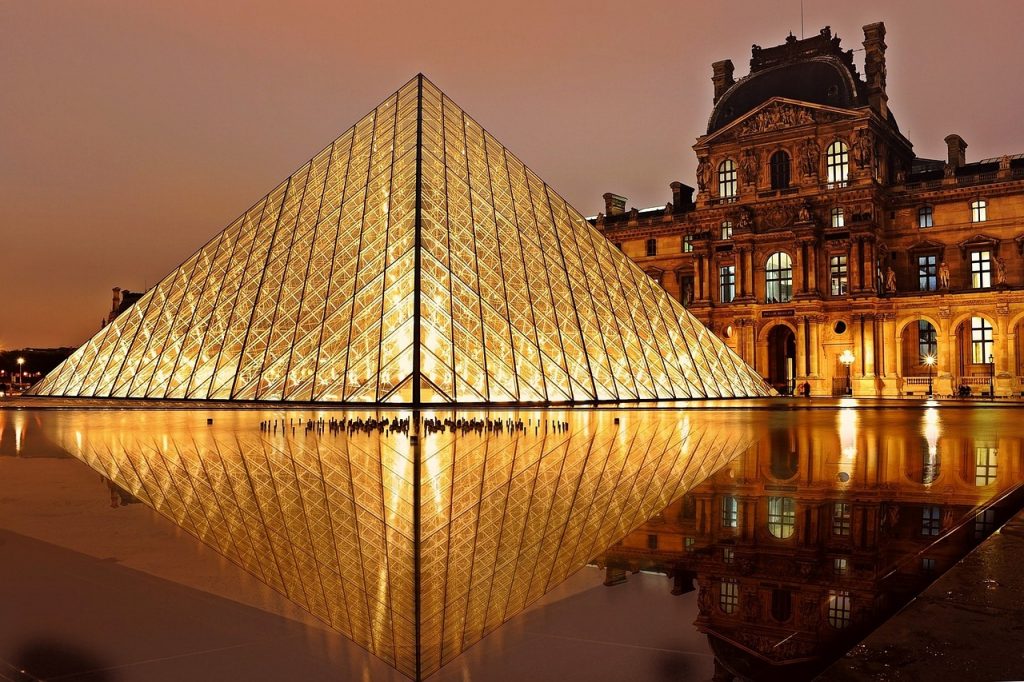
The Louvre Museum at night, Paris, France
The Louvre’s collection spans history and is housed in a former royal palace. The museum is embellished by its iconic modern entranceway, a glass pyramid designed by architect I.M. Pei. First opened in 1793, the Louvre is famous for its most iconic treasures like the Mona Lisa, Winged Victory, and Venus de Milo.
Musée d’Orsay
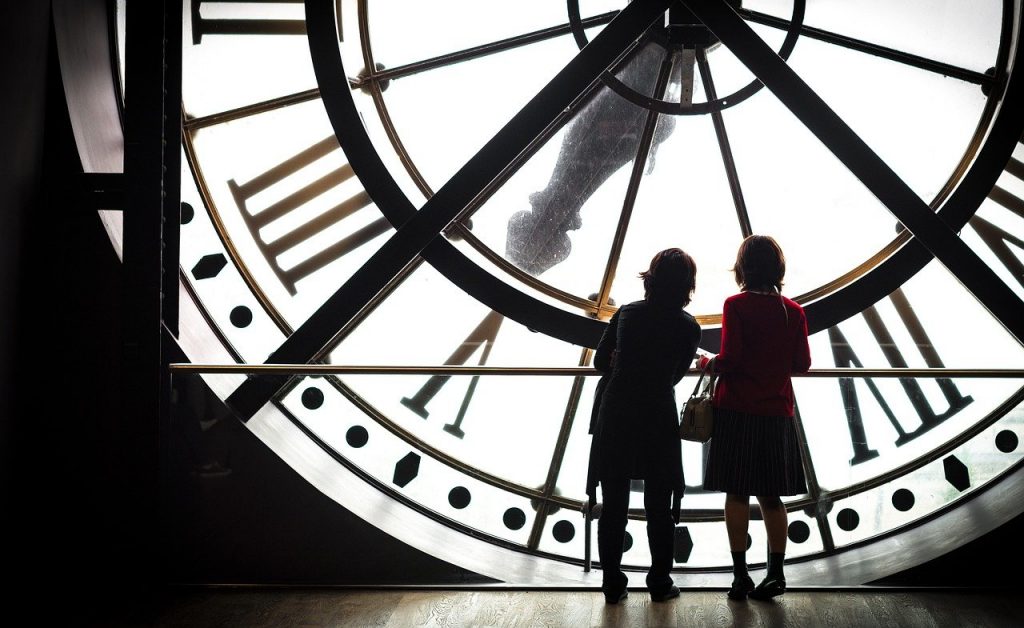
Musee D’Orsay, Paris, France
Housed in the fabulous setting of the former Belle Epoque train station of the Gare d’Orsay, the spectacular Musee d’Orsay is the mecca for lovers of French Impressionist art. The rooms are filled with one masterpiece after another by all the top names like Monet, Renoir, Cezanne, Van Gogh, and Gauguin.
Musée Picasso

Musée Picasso (Wikimedia image by Yann Caradec)
The Picasso Museum resides in one of the most elegant buildings of the Marais district, the Hôtel Salé. Inside is one of the most comprehensive collections of the work of Pablo Picasso, representing all his artistic periods.
Insider tip: Get a Paris Museum Pass and see a multitude of Museums as a discounted price. Find out more on the website here.
Off the beaten path sights and activities
Pere Lachaise Cemetery
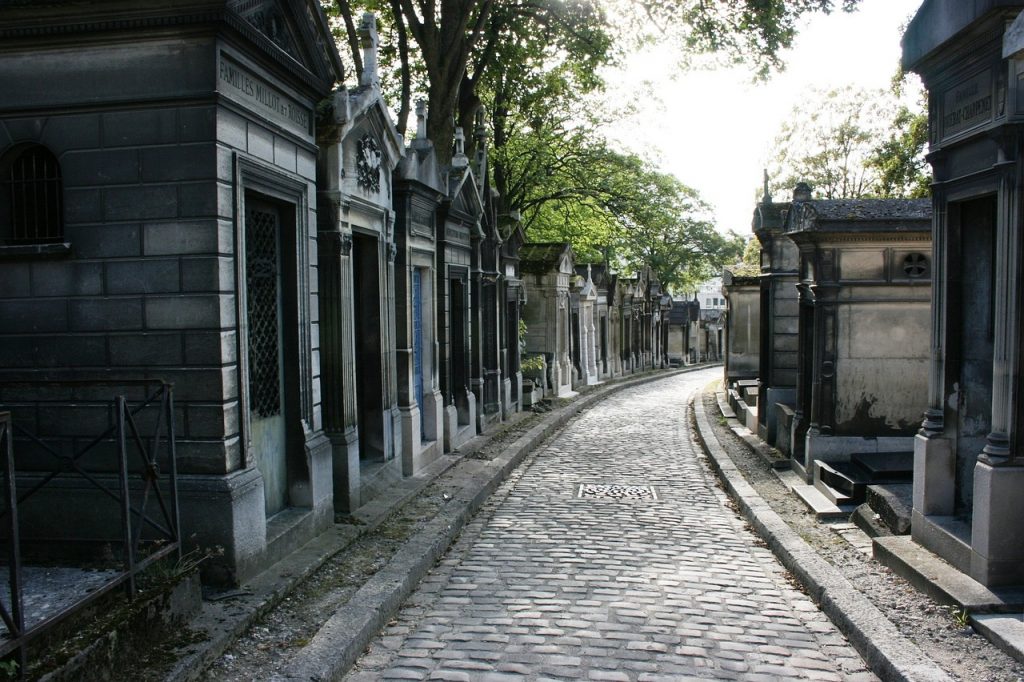
The Pere Lachaise Cemetery in Paris
The largest cemetery in Paris, Père Lachaise Cemetery, is an atmospheric park covering nearly 110 acres and final resting place of such famous people as Oscar Wilde, Frédéric Chopin, and the Door’s Jim Morrison. The funerary monuments and statuary are impressive, and the peaceful environment and beautiful landscaping make for a lovely stroll.
Canal Saint-Martin
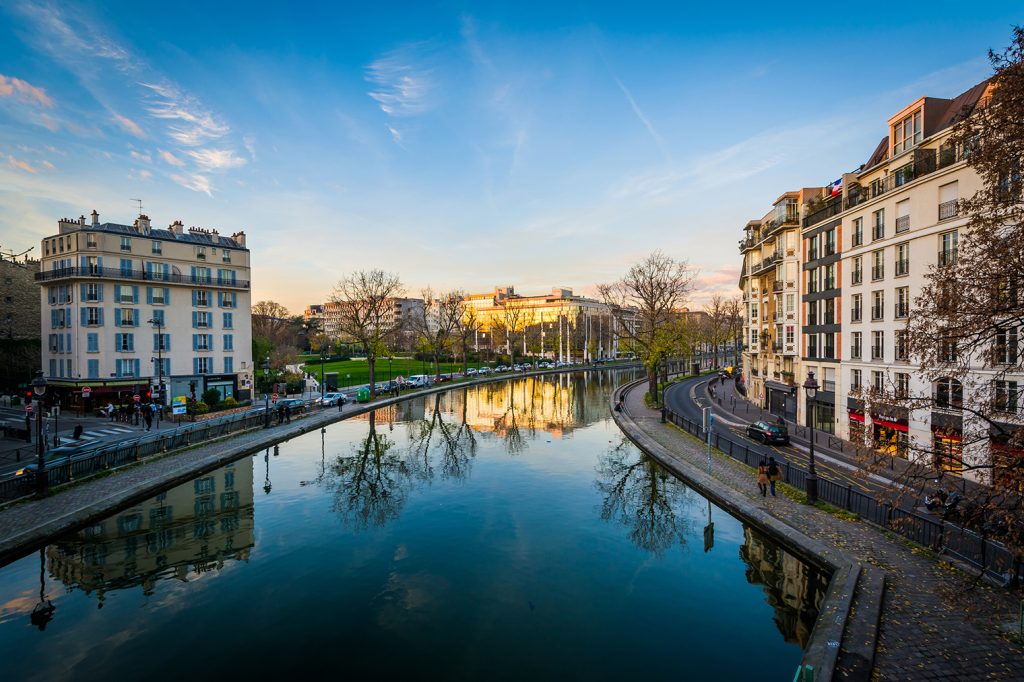
Buildings reflecting in Canal Saint-Martin at sunset, in Paris, France.
Both a waterway and a vibrant, up-and-coming neighbourhood, Canal Saint-Martin is a long waterway with nine locks that provides lovely opportunities for strolling. There also boat rides along the canal that end up at the Seine River.
The Paris Catacombs
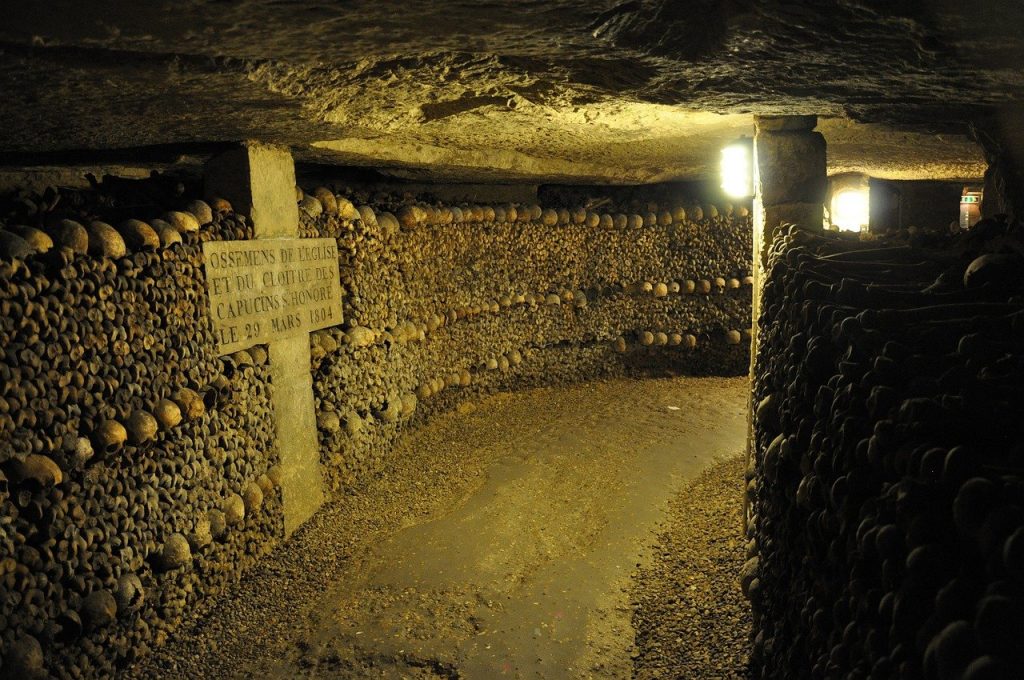
Discover the dark history of Paris
The catacombs of Paris are underground chambers filled with skulls and skeletons set in patterns on the walls. The bones of over six million deceased city residents were moved here starting in the late 18th century to reduce the use of the city’s above ground cemeteries.
Getting around Paris
Paris is best navigated by its metro system, whose underground train network efficiently connects the city. For excursions outside the city to such attractions as Versailles, use the RER suburban train service. The Batobus is a fleet of glass-walled trimarans that offers hop-on, hop-off shuttle service on the Seine.
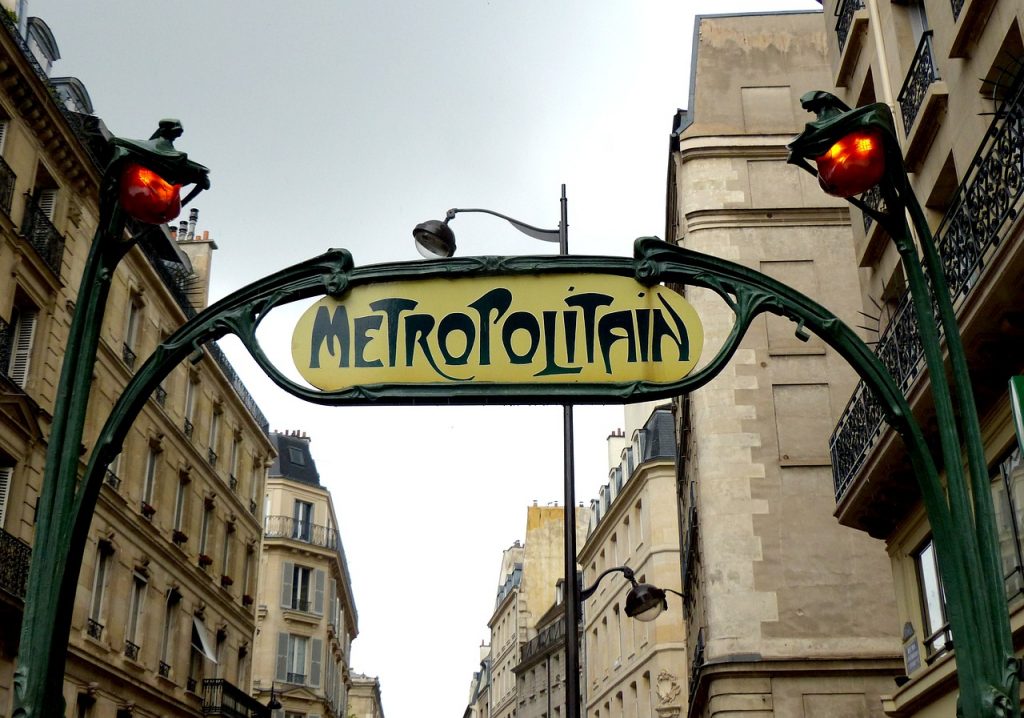
It’s easy to get around Paris on the Metro
Paris is a very walkable city and the best way to get a real sense of how Parisians live. Relax in a park, visit a market, stop at an outdoor cafe, or stroll past the booksellers along the banks of the Seine. Enjoy walking is come of the city’s atmospheric neighbourhoods like residential Ile St. Louis, the artsy Marais district, or hilltop Montmartre.

